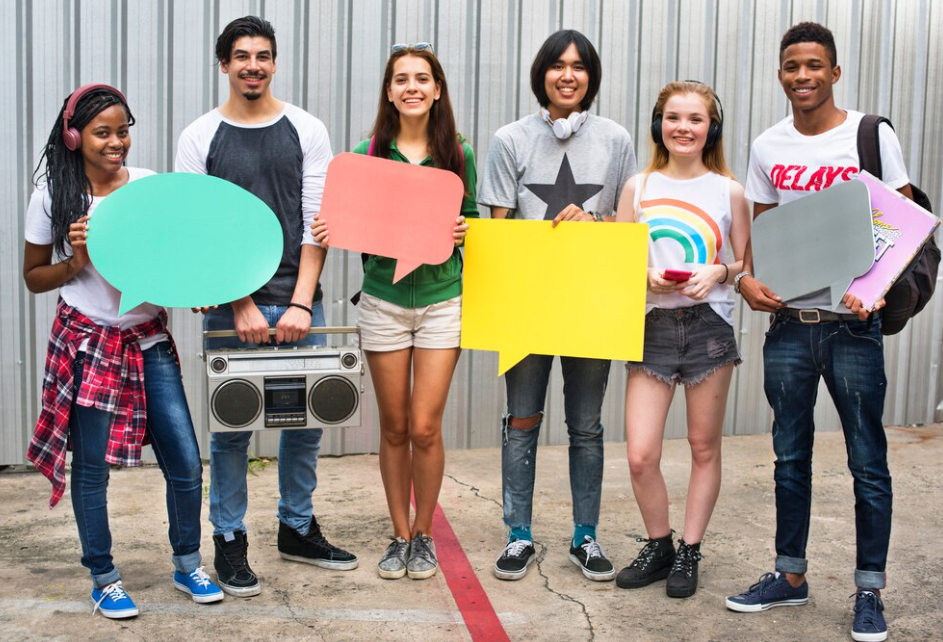Let’s communicate about gender and language. It’s about how boys and girls, men and women, share and use language differently. Sometimes, our words can tell a lot about whether we’re boys or females. A few types are visible as ‘boy kinds’ or ‘girl shades,’ but with words.
The Role of Culture in Gender and Language
Culture plays a vital part in gender and language. In some places, what’s OK for boys to say may not be OK for ladies, and vice versa. Culture can shape how we use language based totally on our gender. It’s like having distinct guidelines for talking, relying on whether you’re a boy or a woman.
Gender-Inclusive Language: Why It Matters
Gender-inclusive language is when we speak or write in a way that doesn’t depart all and sundry out. It approaches not simply talking about ‘he’ or ‘she’ but additionally about ‘they’ so everybody feels included. This is a part of gender, and language is critical to ensure nobody feels left out.
Gender Stereotypes and Language
Sometimes, the way we communicate can show gender stereotypes – just like the concept that best ladies like red or most effective boys like vehicles. But in fact, absolutely everyone can like something! When we think about gender and language, we must not forget that words may be powerful, and we should use them carefully.
How Education Shapes Gender and Language
In schools, teachers can help kids understand gender and language. They can teach us that it’s OK for boys and girls to talk in their manner and that everybody should be respected. Good training can significantly affect how we capture gender and language.
Language Development and Gender Differences
Studies have proven that boys and women might broaden their language skills differently. From an early age, women frequently broaden a more extensive vocabulary and better-analyzing skills faster than boys. This distinction can influence how boys and women talk all through their lives. For example, ladies might use more descriptive language and describe their feelings with phrases. Understanding those differences in gender and language is critical for parents and teachers to ensure each boy and girl gets the help they want to develop strong language capabilities.
Gendered Language in Professional Settings
How ladies and men use language in the administrative center can impact their expert interactions. Often, girls are observed to apply more collaborative language, focusing on teamwork, while men may additionally use extra positive and direct language. This distinction in gender and language can sometimes result in misunderstandings or unequal treatment in expert settings. Awareness of those tones can create greater inclusive and robust verbal exchange surroundings at work.
The Power of Pronouns in Gender Expression
Pronouns are an essential part of gender expression in language. They reflect how people become aware of themselves – for instance, as he, she, or they. Using the appropriate pronouns for everybody is a sign of appreciation and understanding. Today, where the focus on various gender identities is increasing, attention to pronouns in language is more essential than ever. It enables the creation of inclusive surroundings in which anybody feels identified and respected.
Language and Gender Representation in Media
The media plays a vast position in shaping our perceptions of gender through language. How ladies and men are talked about, or the language utilized by characters in suggests and films can enhance stereotypes or help spoil them. For instance, a strong female leader may project conventional thoughts about gender roles. Attention to language and gender illustration in media is crucial because it could impact how we consider ourselves and others.
The Role of Language in Gender Equality Movements
Language has been a powerful tool in gender equality movements. It’s used to combat stereotypes, improve cognizance, and endorse change. For example, terms like gender pay gap or sexual harassment have been created to give a name to specific problems, making it less complicated to speak about and deal with them. Using language in discussing gender troubles can empower people and help pressure social exchange.
Gender Bias in Language Algorithms
As we depend more on generation, we must remember gender bias in language algorithms. These algorithms, utilized in everything from escapes to voice popularity, can sometimes repeat or even enlarge societal biases. For instance, a translation device might default to male pronouns or accomplish specific jobs with one gender. Addressing these biases in the language era is essential for creating honest and inclusive virtual equipment.
Cross-Cultural Perspectives on Gender and Language
Different cultures have distinctive ways of searching for gender and language. Some languages, like Finnish, don’t have gendered pronouns, which could impact how gender is identified in these cultures. In evaluation, languages with noticeably gendered structures, like Spanish or French, clearly distinguish how phrases are used for men and women. Understanding these past cultural differences in gender and language allows us to recognize the variety of human communication and the numerous approaches to which gender is expressed and understood globally.
Conclusion
At Languages Unlimited, we understand how essential it is to capture language and gender. We provide services that will help you analyze this topic and use respectful and inclusive language. Whether you’re studying a new language or want to learn more about gender and the language, we’re here to help.

